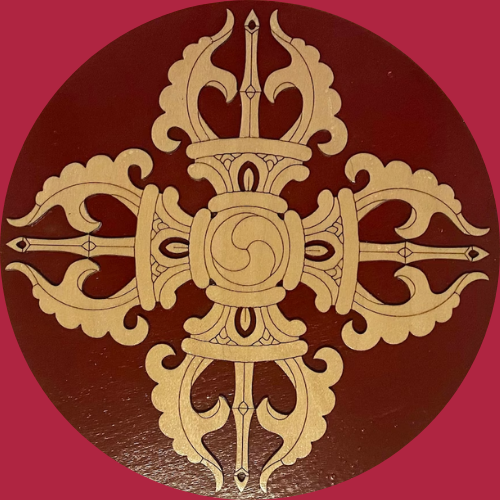Jaisalmer Fort
In 1156, Raja Rawal Jaisal built Jaisalmer Fort that dominates countryside of the Indo-Pak border. The complex is Sonar Kila (“Golden Fort”) for its gleaming golden sandstone walls & buildings, flourished on the east-west caravan path connecting India, Central Asia with the Middle East & North Africa. Merchants have built all elaborately designed havelis, vibrant bazaars, temples, and residences inside the fort complex.
The fort was protected with double fortification walls & circular bastions formed the key physical components for defense and fierce battle. It served as a pathway between inner and outer fortification walls that allowed soldiers as well as horses to move throughout the structure at times of war.
The need for extensive water-management infrastructure could not have been foreseen via builders of that time. Yet, as tourism is increasing & many homes were changed to guest houses, water drainage has become a real problem. Increase of water at a site built for a dry, arid climate caused water seepage into the clay rich soil of Jaisalmer Fort, further destabilizing it and around or more than 73 of its 469 structures has collapsed. With frequently changing weather patterns like severe monsoon is endangering the fort. In July 1999, two bastions, a section of the pitching wall collapsed in intense rainfall.
In 1997, WMF partnered with INTACH to conserve and re-build a wing of Queen’s Palace which was collapsed. In 2001 work started on the courtyard of King’s Palace. Both buildings got restored, the Queen’s Palace is now a interpretive center & King’s Palace remains a museum inside Jaisalmer fort.
